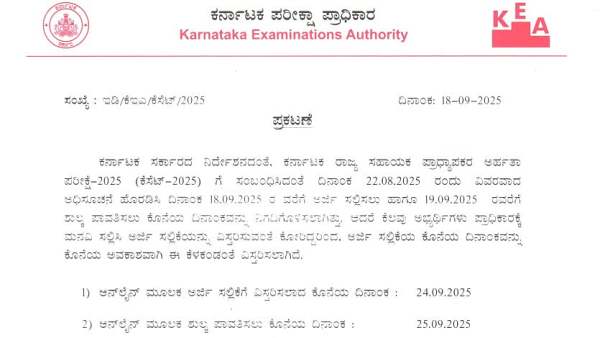
These are not generic “take with food, get sun, etc.” but more nuanced, based on recent research:
Monitor retinal health baseline and follow-ups:
Before starting, having a retinal scan or check (if in risk group) gives baseline. If eye disease already present, supplement might slow damage, but existing damage may be irreversible. Changes visible by ophthalmologist may lag behind blood level improvements.
Beware interactions with other nutrients and minerals
Calcium levels, magnesium, phosphate are tied to vitamin D metabolism. If calcium is too high or kidney function compromised, excess vitamin D (especially if high dose) may lead to calcification in soft tissues, possibly even in eye blood vessels.
Consider genetic and ethnic variations
Some people have genetic variants affecting vitamin D receptor or metabolism; dark skin, obesity, or certain medical conditions (like malabsorption) demand more careful dosing. What works in one’s population may under-dose or overshoot in another.
Avoid large bolus dosing without supervision
Some studies find that occasional very high doses (e.g. tens of thousands of IU) might cause spikes, possibly worsen some conditions. Steady moderate dose may be safer for eye health.
Lifestyle synergies matter
While supplementing, maintaining good blood sugar (if diabetic), protecting eyes from UV/light, ensuring good antioxidants (vitamins C, E, lutein, etc.) can help vitamin D’s ocular protection. Supplements alone aren’t magic.
-
Salman Khan Ditches Beard, Goes Clean-Shaven While Returning To Mumbai. Watch

-
DUSU Elections 2025: Vote Counting To Begin Tomorrow At DU North Campus

-
KSET 2025 Registration Extended To September 24 At cetonline.karnataka.gov.in; Exam Scheduled For November 2

-
Haryana: 3 Arrested For Duping Man Of ₹15 Lakh Over MBBS Admission For His Daughter

-
The Ba***ds Of Bollywood Review: Lakshya Goes For The ‘Kill’ With Sahher Bambba, Raghav Juyal & Other ‘Stars’ In This Aryan Khan Directorial Debut
